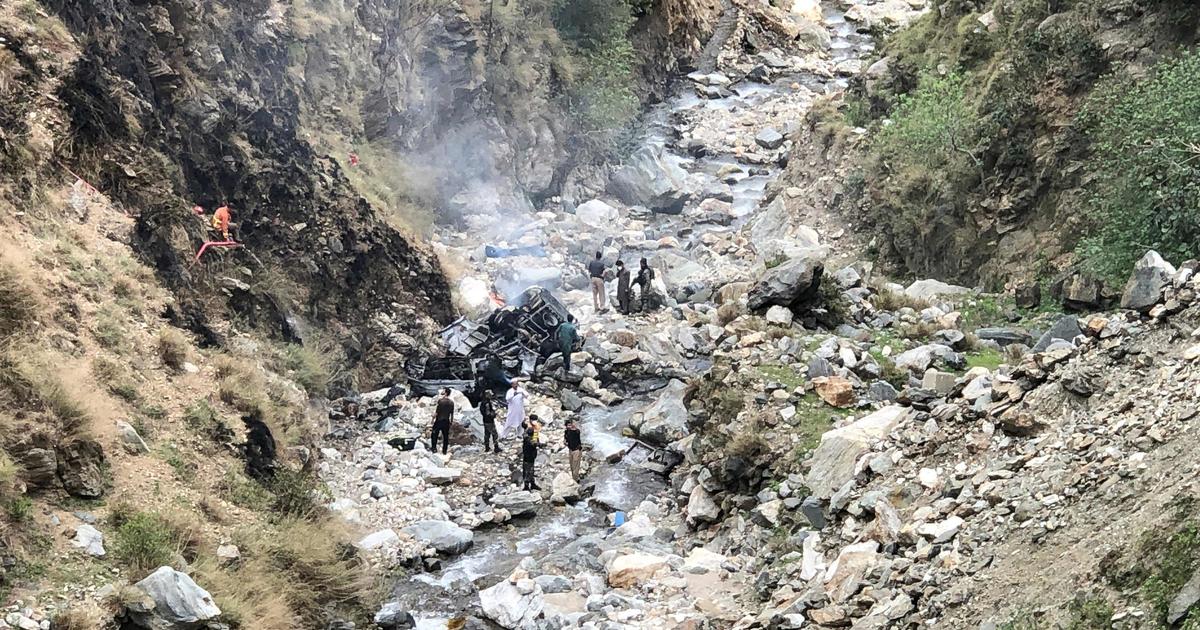The Separation Wall was decorated with Afghan flags, as TV images showed when then-President Ashraf Ghani officially opened the Kamal Khan Dam in Nimrus province at the end of March 2021.
Work had been going on for decades on the project in the sparsely populated desert region in the extreme south-west of Afghanistan - now the structure was finally finished, with which the water of the Helmand River is to be dammed, a total of up to 50 million cubic meters.
A 9-megawatt hydroelectric power plant will use it to generate electricity.
This is a small project by international standards, but it could bring massive changes to the dusty region. The province of Nimrus is desolate. The Helmand River is a lifeline, with a significant portion of Afghanistan's surface water flowing in the 1,150-kilometer-long stream. The project should give the farmers in the area the opportunity to survive the dry season. However, there has been a dispute over the dam with Iran for years. There, people fear not getting enough of the Helmand's precious water.
The conflict is not new, more than 40 years ago both states agreed on the distribution of water.
Accordingly, Iran receives 26 cubic meters per second.
The water is also important for the formation of Lake Hamun, a seasonal borderland wetland and Unesco Biosphere Reserve where the Helmand River ends.
But now the dam is finished - and in Iran people are unhappy about it, because apparently the country had received significantly more than the contractually agreed amount for a long time.
Turned off the water once
Satellite imagery by private company Planet shows the Kamal Khan Dam filling massively in the early days of 2022. The reason for this was heavy rainfall, which also ended a long-lasting drought in other parts of Afghanistan, at least temporarily – and in some cases led to flooding. The recordings come from the company's "Dove" mini-satellites, which travel at an altitude of around 400 to 500 kilometers.
At first glance, the filled reservoir appears to be good news for the people of Nimrus Province. But at the same time, desires on the Iranian side are likely to grow. The government in Tehran must consider what strategy it is pursuing in relation to the government in Kabul. Your interlocutors are the Taliban, who took power in Nimrus in August 2021, around three months after Ghani's inauguration of the dam. The ex-president has long been living in asylum in the United Arab Emirates.
The Taliban had cut off Iran's water once before, during a period of massive drought between 1998 and 2001. At that time, Lake Hamun had largely dried up.
Not only did many fish and birds die as a result, but the problem with sandstorms in the region also worsened.
chs









